Get PeakVisor App
Sign In
Search by GPS coordinates
- Latitude
- ° ' ''
- Longitude
- ° ' ''
- Units of Length

Yes
Cancel
Share ×

Scan the QR code and open PeakVisor on your phone
❤ Wishlist ×
Choose
Delete
The Voras Mountains are a high range with a ski resort, lakes, hot springs, and waterfalls nestled between Northern Macedonia and Greece. The highest and the most prominent mountain is Kaïmaktsalán (2,524 m / 8,281 ft).
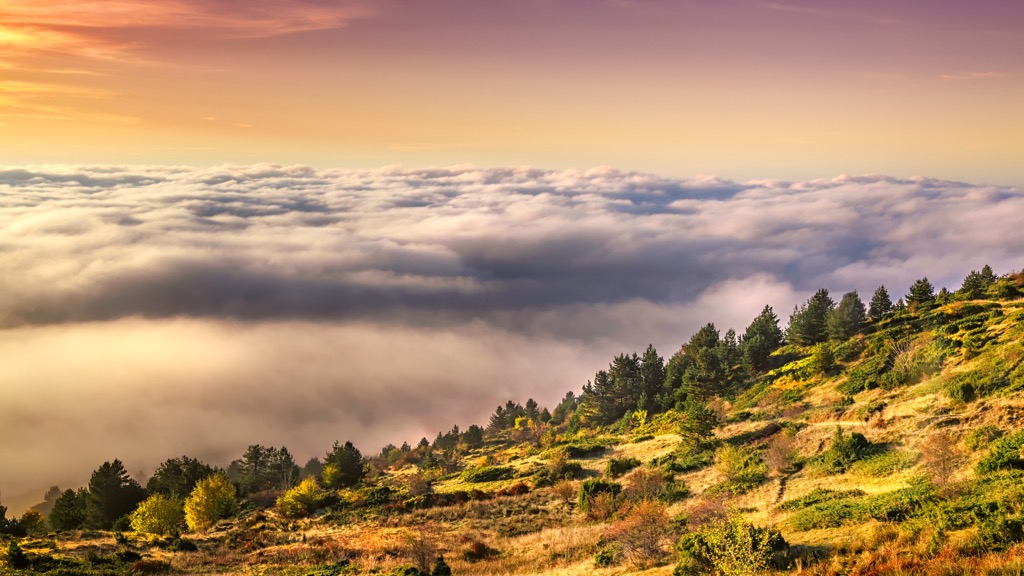
The Voras Mountains, known as Nidže in Macedonian and Nice Dağı in Turkish, form a mountain range in the Pella regional unit of Macedonia, Greece. The Voras Mountains are divided into three sub-ranges: Voras or Nidzhe, with the highest peak, Kozhuf or Tzena, and Paiko or Payak.
The mountains act as a natural boundary to the Mariovo region in the Republic of North Macedonia to the north. Notably, the highest peak in this range is Kaïmaktsalán, towering at an elevation of 2,524 m (8,281 ft) and ranking as Greece’s third highest mountain; neighboring peaks include Starkov Zab (2,209 m / 7,247 ft).
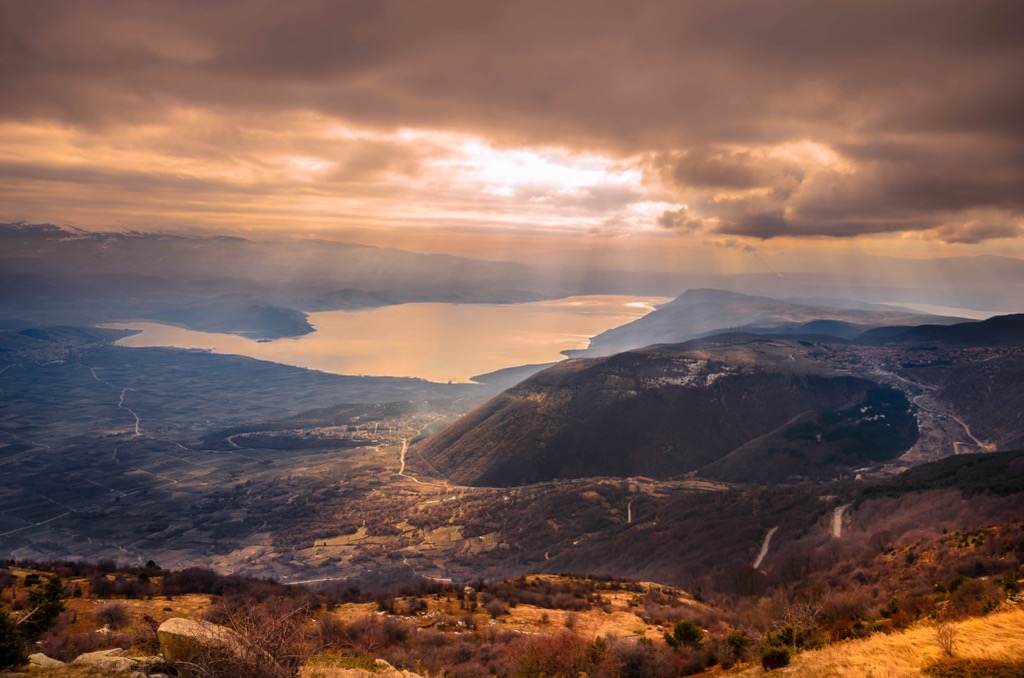
The Voras is home to the Kaimaktsalan Ski Center. Situated on Kaïmaktsalán’s southeast side at an altitude of 2,050 m to 2,480 m (6,726 ft to 8,136 ft), the center opens from early November to early May, boasting one of Greece's few ski centers with consistent snowfall. The massif also features the renowned Loutra Loutrakiou hot springs, the charming Profitis Ilias church, and a small ossuary museum.
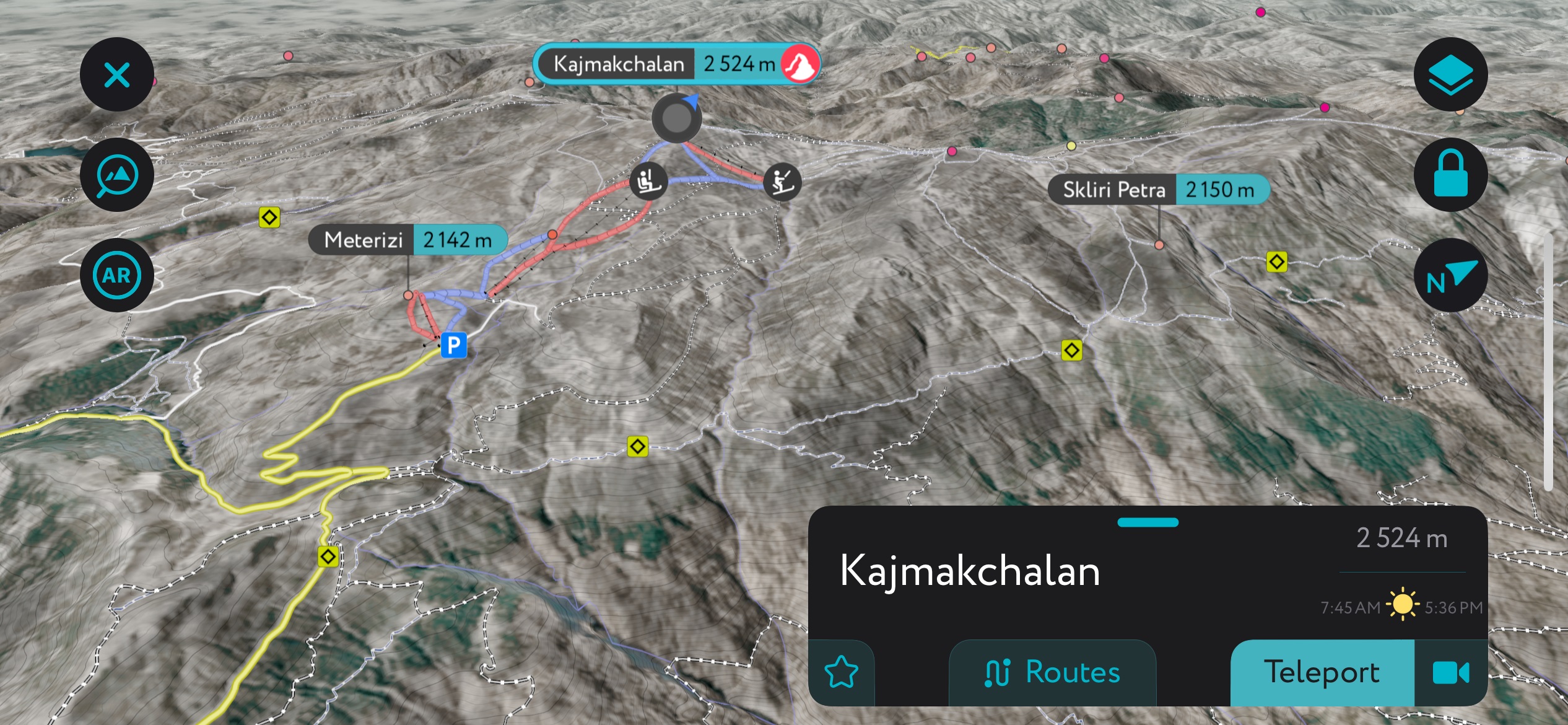
Situated 33 km (20 mi) away from Edessa, the traditional settlement of Palios Agios Athanasios or Tsegani, characterized as the most cosmopolitan mountainous village in Macedonia's Pella Region, adds cultural richness to the region.
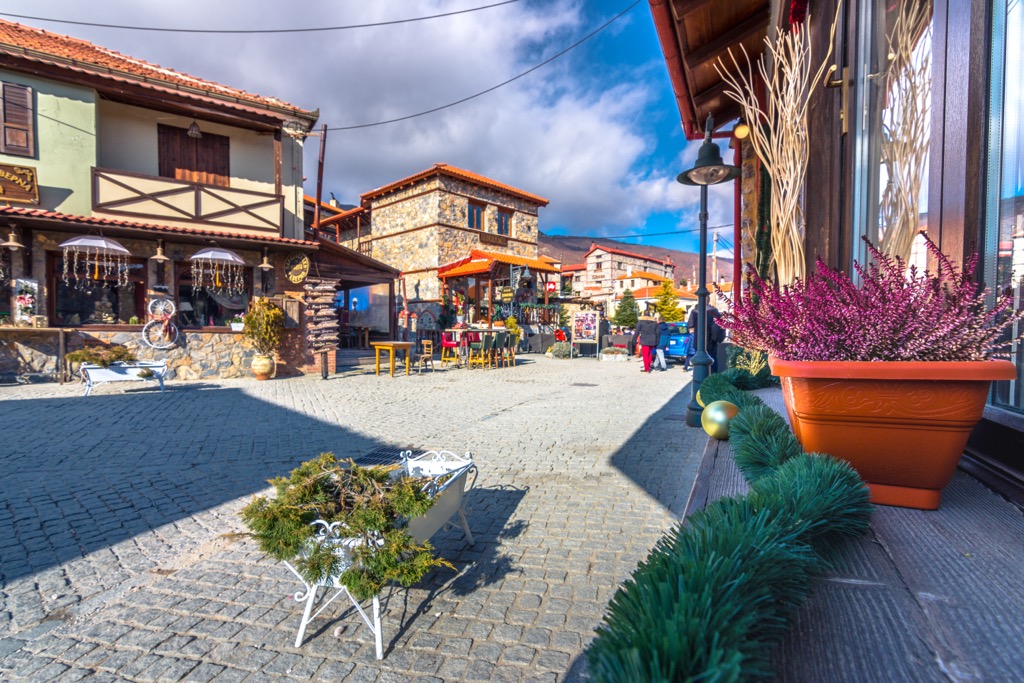
The Voras Mountains are connected to the Jenna Mountains and Pinovo in the northwest. The Moglenitsas River flows on the western slopes, while the Edessian flows to the South.
Following a geological event, possibly an earthquake, flowing water began forming a vast canyon. Today, numerous waterfalls are well-known attractions; for example, the Edesseos cascades from a 70 m (229 ft) cliff, creating a spectacular double waterfall. Beneath the famous Karan waterfall lies a small cave adorned with stalactites. Yet another attraction is the Kaya Waterfalls.
Another geological phenomenon is the Loutra Pozar, renowned as one of Greece's most therapeutic spa baths. Waterfalls cascade above the natural river flow and thermal water gushes from the earth. Over time, running water has eroded a complex of 17 caves and a 50 m (164 ft) pit.
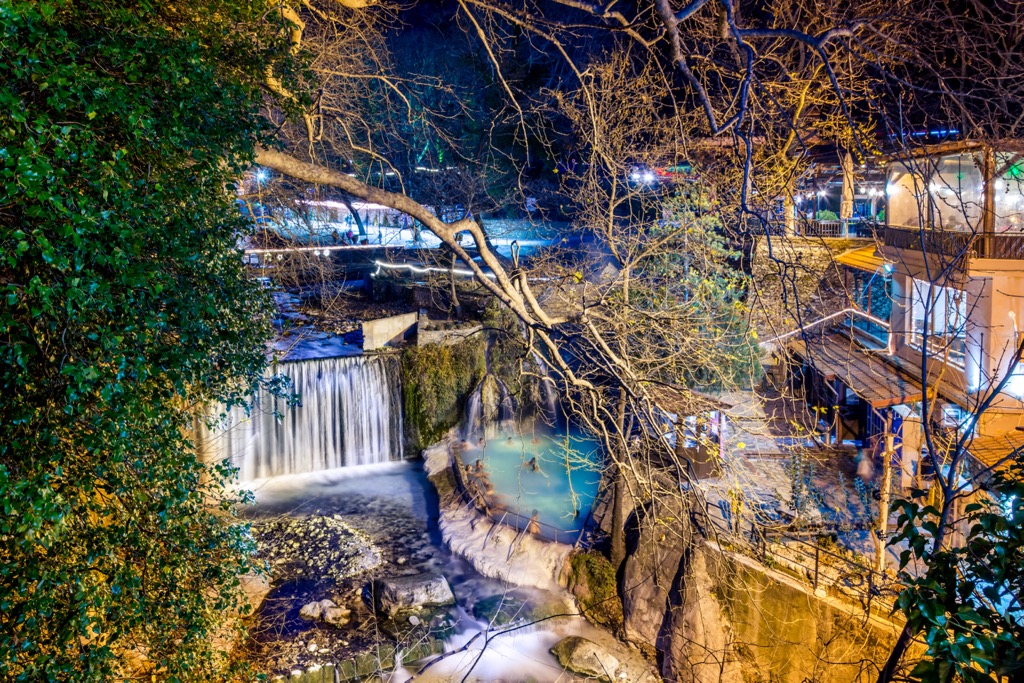
The Voras Mountains are predominantly covered by natural ecosystems, of which forests and partially forested regions comprise 60%, while grasslands and bushlands account for 30%. Notably, there are 1,400 plant species; higher elevations feature stands of the rare Pinus peuce Griseb.
Beech forests predominantly cover the timberline; there are extensive sub-alpine grasslands with scattered low bushes above it. The Gentianella bulgarica, a palaeoendemic species of the Balkan peninsula, was first discovered in Greece in 1975.
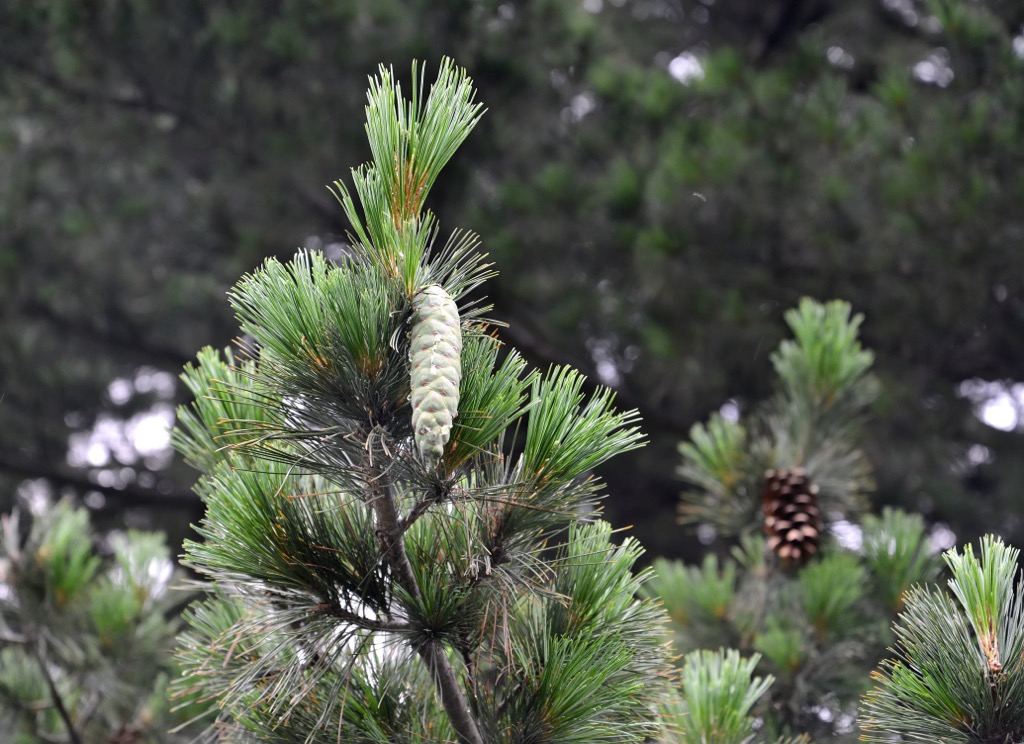
The area boasts various mammal species, including an increasing roe deer population. Chamois and bears are also present, though both are relatively rare in the Voras.
The avifauna of Mount Voras is diverse, with seven distinct habitats identified based on vegetation, altitude, topography, and past and recent human activities. Mount Voras is home to 119 bird species, of which 105 are nesting. The mountain accommodates 19 species of birds of prey (11 nesting) and nine species of woodpeckers.
Twenty-eight species are considered Species of European Conservation Concern, and 15 are included in the Red Data Book of Endangered Vertebrates of Greece. Due to its significant ornithological importance, the entire area has been designated as part of the EU Network of Special Protection Areas.
Another interesting ecological phenomenon in Vorasis Kali Pediada, also known as Dobro Pole, which rises above the village of Ano Loutraki. This elevated plateau boasts numerous small lakes adorned with lush vegetation, forming a rare amalgamation of wetland and alpine meadows, a habitat for unique flora and fauna.
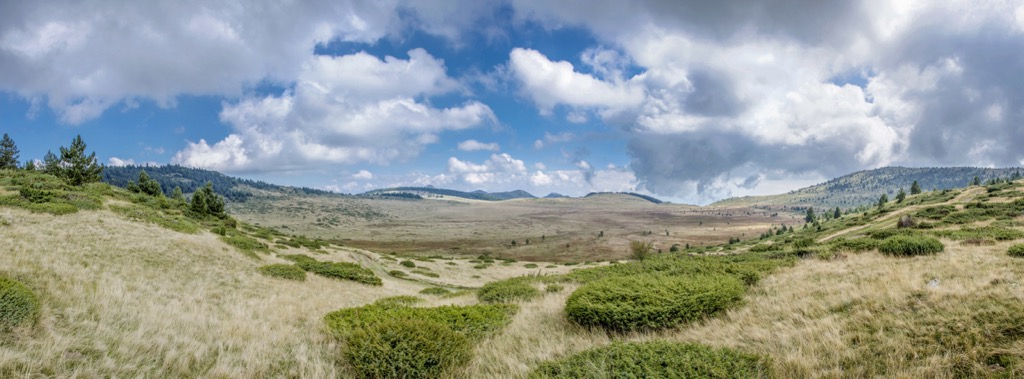
Profitis Ilias Peak, featuring the Church of Apostolos Petros, holds significance in European history and Greek heritage.
The church serves as a historical monument commemorating the clash between Serbian and Bulgarian forces in September 1916 during the Battle of Kaimaktsalan in World War I. Throughout the conflict, Profitis Ilias Peak changed hands multiple times until the Serbs ultimately secured victory, albeit at a significant cost in human lives.
Situated just 16 km (10 mi) from the Vora or Kaimaktsalan ski center and a short distance from the water-rich city of Edessa, the traditional settlement of Agios Athanasios provides a picturesque view of Mount Vora and Lake Vegoritida. The village was deserted by its inhabitants in the 1980s due to the extremely harsh living conditions. However, with the establishment of the Ski Center a few years later, this traditional village became a sought-after destination. Notable attractions include the Church of the Ascension, constructed in 1700 and designated as a protected post-Byzantine monument.
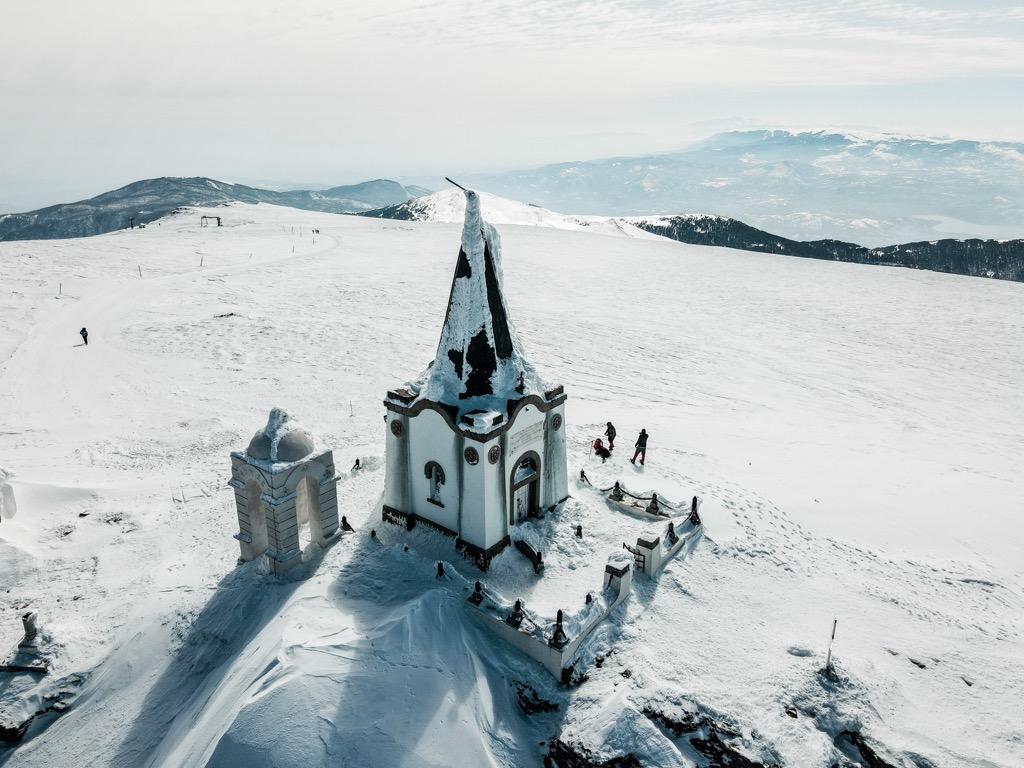
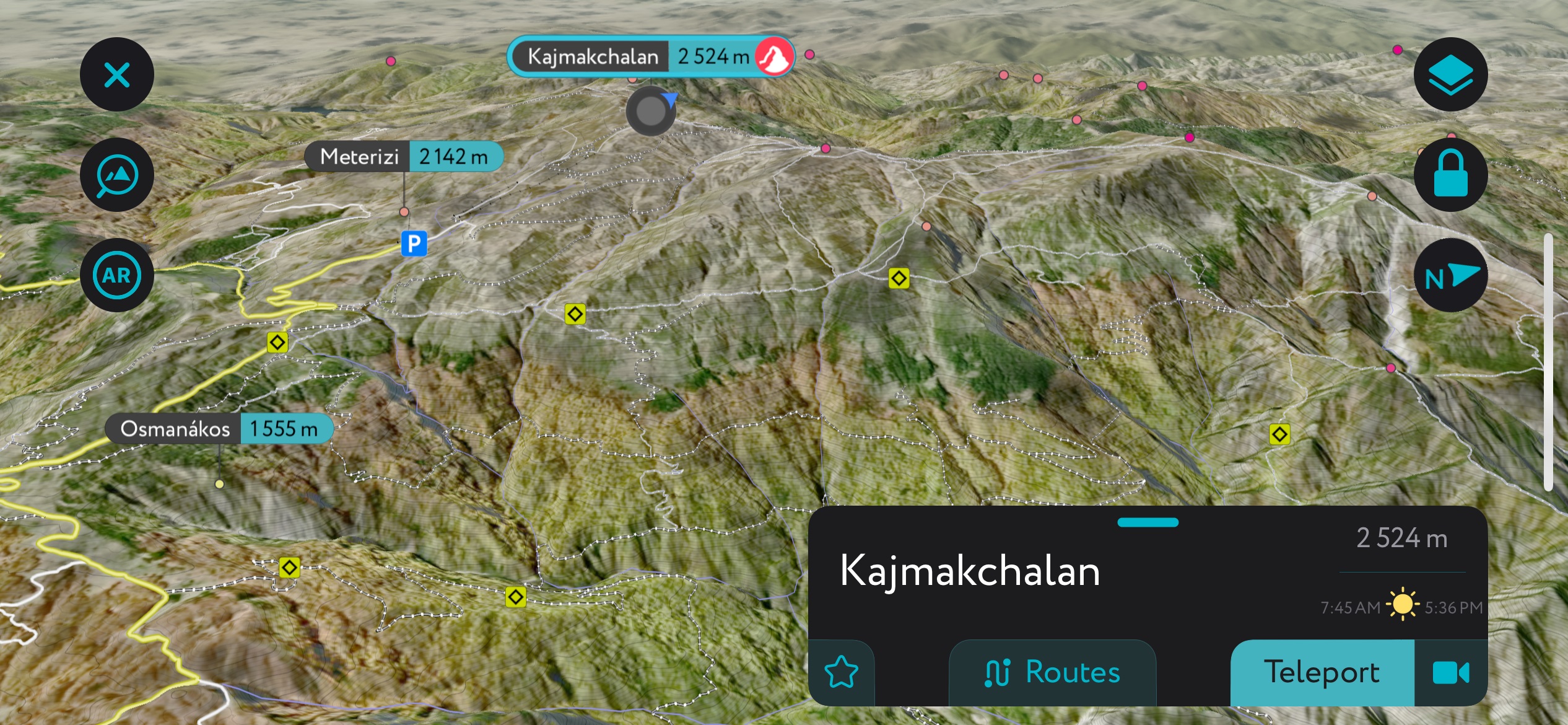
These fabulous waterfalls are nestled just above the village of Panagitsa, a stone's throw from the vibrant Old Agios Athanasios. Hikers can take a breather at the Evora Coffee Bar before commencing a short uphill climb to reach the Kaya Waterfalls.
The moderately challenging trail through the scenic Loutra Gorge starts from Ano Loutraki. We recommend the guidance of a seasoned guide. The hike takes you to the gorge and back, along the Agios Nikolaos stream, guiding you through picturesque landscapes adorned with cherry trees. The return point is the waterfall of Kounoupitsa, giving you a total of 8 km (5 mi). The trek spans approximately two hours, featuring a downhill start, making the return journey more demanding.
Ascending to an impressive height of 2,520 m (8,268 ft), Kajmakcalan stands proudly as the highest peak of the Voras.
Despite its formidable appearance, access is relatively convenient, thanks to a well-maintained macadam road from the village of Skocivir in Bitola. However, the final stretch of climbing to the summit demands endurance, covering a distance of 14.8 km (9.2 mi) with an elevation gain of 750 m (2,461 ft).
Edessa is a historic city with a population of approximately 20,000. Visitors can explore the Varosi district, known for its traditional architecture. Notable landmarks include the famous Waterfalls of Edessa, a natural wonder that adds to the city's charm.

Bitola is one of North Macedonia's oldest and most vibrant cities, with a population of around 100,000. The city is renowned for its well-preserved Ottoman architecture, including the Old Bazaar and the imposing Clock Tower. Bitola is home to the ancient Heraclea Lyncestis archaeological site and Pelister National Park.
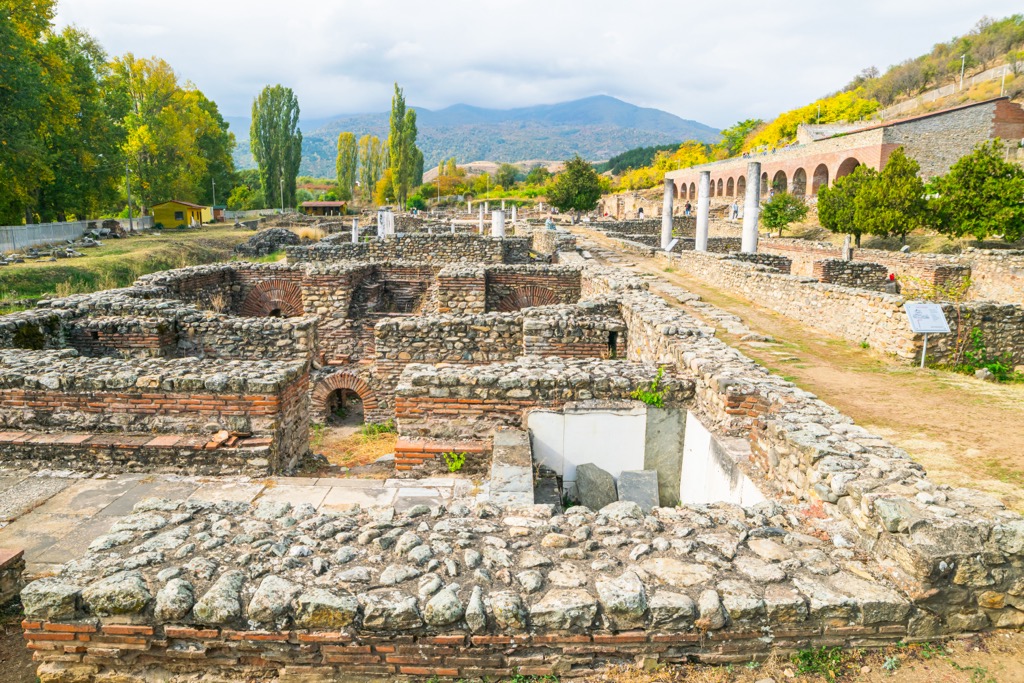
As Greece's second-largest city, Thessaloniki has a population exceeding one million residents. The city features iconic landmarks such as the White Tower, the Rotunda, and the Arch of Galerius. Thessaloniki serves as a cultural epicenter, hosting events like the Thessaloniki International Film Festival, and is a gateway to Mount Olympus and the pristine Chalkidiki Peninsula.

Explore Voras Mountains with the PeakVisor 3D Map and identify its summits.








